10 Hot Health Care Plays For VARs

Health care has long had a justified reputation as a great play for VARs in a down economy: if not quite recession-proof, it's about as recession-resistant as any vertical market out there. It's also something VARs approach with some trepidation; with all the regulatory tangles, security risks and complexities of legacy systems, a health-care project can be an unprepared integrator's worst nightmare.
But here's what's true in 2009: VARs who engage health care now, however, are approaching it during unprecedented times, what with the American Recovery and Reinvestment Act (ARRA) adding billions to the economy toward the adoption of electronic medical records (EMRs) and Health Information Exchanges (HIEs), as well as infrastructure upgrades and IT modernization.
EMR itself, however, is just the tip of the iceberg, and where VARs may be needed most isn't in the actual EMR software so much as the back-end infrastructure -- data center, networking, security, virtualization -- needed to support it, and the various pieces -- mobility, services, specialty devices -- of a full-scale health-care solution. Have a look at what your peers are up to.
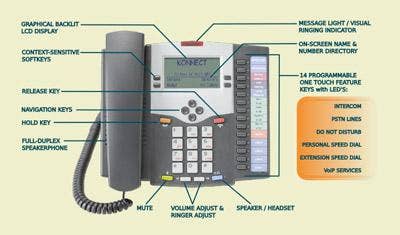
According to International Data Corp., the market for EMR is growing 15 percent a year, and with all the national attention EMR has received since the signing of the federal stimulus, it's no surprise most health-care IT discussions begin with them these days.
But the truth is that many VARs will find better luck pushing solutions that support EMR, especially in large enterprise settings where the established behemoths of superclinical EMR systems -- the Siemenses, McKessons and Cerners of the world -- rule. There are also a number of EMR systems, such as those from Spring Medical Systems, designed for SMB providers -- and no shortage of work for talented ISVs who can [win] huge deals if, in the words of one ISV, "they make those nasty hospital systems talk to each other."
"I'd characterize a Cerner, McKesson, Siemens or one of those as the mothership systems of a given situation," said David Ward, vice president of Business Development for Carefx, an IBM ISV. "But there are numerous other places outside those systems where data needs to go. What we see the stimulus bill providing is incentive to move between those disparate systems to improve clinical workflow."

The push toward mobility is just as strong in health care as it is anywhere else, but it's also, as some VARs have told us, been tempered by the realities of health-care workflow: the constant churn of staff to keep data moving, payments processing and patient care running as smoothly as possible.
Therefore, PCs that are designed specifically with that workflow in mind -- such as Panasonic's popular Toughbook H1 -- are earning accolades. While the H1 was not the first PC based on Intel's Mobile Clinical Assistant Platform (that was MCA's C5 ), VARs say Panasonic was wise to wait.
"The H1 is a breath of fresh air mainly because Panasonic did the right thing by waiting and getting feedback on all the places Motion [faultered]," said Todd Stewart, director of healthcare technology solutions for InfoLogix. "It's a real health care computer. It's a great component piece to an overall mobility strategy."
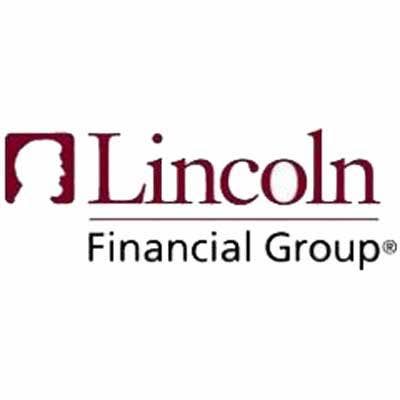
Mobile devices that aren't necessarily mobile PCs also have their place in health care, and like PCs, need to be as reactive to the ebbs and flows of health-care environments as the staff members that use them. A number of VARs swear by Vocera's Badge instant voice communication system.
"One key initiative for us going forward is going to be to communicate the whole unified communications piece effectively," said Doug Chesler, president and CEO of Leverage Information Systems, a systems integrator based in Woodinville, Wash., that's had success using Vocera Badges in broader networking implementations.
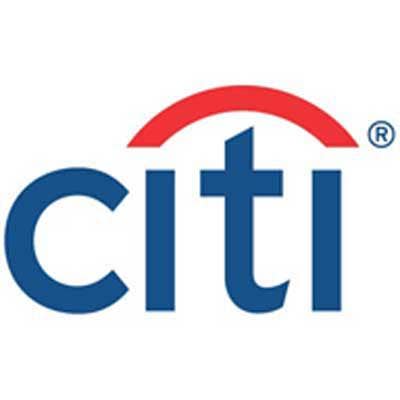
The ideal of the "paperless office" isn't quite so simple in a health-care setting -- most physician practices and large hospital networks aren't going to jump from back offices stuffed with reams upon reams of paper records to a sparkling, errorless EMR overnight. That's why document management VARs have their work cut out for them, offering solutions, such as those by Laserfiche, eCopy, Hewlett-Packard, Xerox, Oki Data Americas or GoScan, just to name a few, that help offices of all sizes get their paper under control and understand why doing so is such an enormous time and money-saver.
Kevin Smith, senior vice president at OneSource Document Solutions, helped a regional hospital, Iredell Memorial of Greensboro, N.C., save $40,000 a month in write-offs from misplaced records, all thanks to a well-placed Laserfiche implementation.
"You can show them why it works pretty easily," Smith said. "Most of the time, they don't even come close to knowing how much paper and money they're wasting."
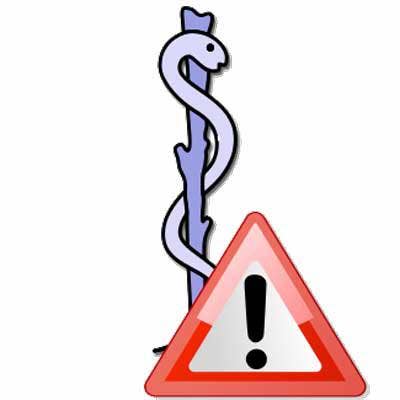
As EMR adoption ramps up, so do the security concerns that come with so much confidential data online. If you're a security specialist with a knack for understanding what EMR and back-end health-care systems need, you'll have no problem finding work, VARs say.
"The security concerns have elevated exponentially," said Bob Rossi, senior director of CDW Healthcare. "That means regular Trojan horses and data breaches of patient info, but also network security, data encryption, data loss prevention, everything. Just the sheer amount of data being loaded and the number of touch-points to access it -- it's enormous. And while most organizations will do consulting, we're also looking at small providers whose version of security for electronic medical data is a firewall. You see that a lot in the smaller, rural providers and independent facilities. There are a whole lot of holes out there."
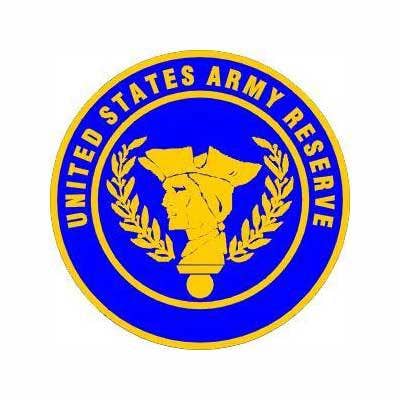
"You have an EMR workstation, PACS imaging, Wi-Fi, videoconferencing, CPU and network gear, and that's just for starters," said Dan Draper, Healthcare Industry Manager for Emerson Network Power and Liebert. "We went from having lights to having a full-on data center in the operating room. You're not going to see that everywhere, when you have all these new things going in there, sometimes all these peripherals get forgotten. But they're key to the underlying infrastructure."
Data center convergence in large hospital settings is happening faster than many integrators can keep up with it, just as the fact large volumes of data for theoretically interoperable EMRs need to be stored, cooled and easily accessed.
"Consider the capacity requirements from a data standpoint," advises Carol Pochardt, vice president of Data Center and Storage Solutions at Dimension Data. "The data that's coming -- those files are absolutely huge. With medical records, you're getting into stuff that's the size of streaming video. We're not talking about a small snippet of text when we're looking at an electronic medical record."
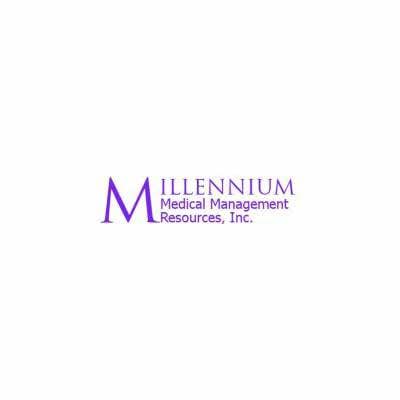
Most IT observers are long past the point of drinking the "virtualization Kool-Aid." If you haven't embraced virtualization for its efficiency, lower costs, consolidation and other attributes, in other words, you're officially missing the boat.
"Between what you have from Microsoft and VMware and others, virtualization is still the biggest cost-cutting story to tell right now," said Joshua Lande, account manager at Maureen Data Systems. "Smaller doctors' offices not so much, but if you have medium-sized offices ready for server consolidation, it means seeing ROI immediately."
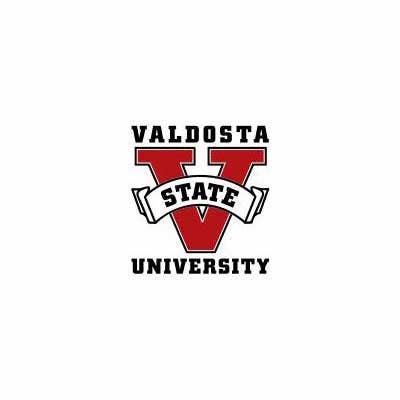
Digital signage solutions have caught on in a big way in health-care settings, thanks to the emergence in recent years of new capabilities that make digital signage a lot more than just something pretty to look at.
"I don't think people realize that they're a huge investment in content," said Robert Droppa, product manager at XRiver Technologies. "If you look at the origins of digital signage, it was more broadcast-oriented so there's the perception that it's just a network. You've already got a lot of the content already, and once you set it up and the contents are ready, it's affordable and easy but still maintains a very professional-looking environment."
At left: NEC Display's MultiSync LCD4615.
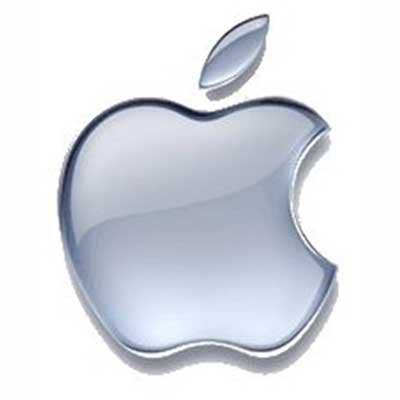
Some VARs say they've had success including specialty products, such as Nuance Communications' popular Dragon NaturallySpeaking speech engine, as part of their overall solutions. Dragon's speech transcription capability can take a lot of the fuss out of busy front-office environments, thanks to its ability to pick up on accents and various speech patterns.
"Think about the health-care environment," said Michael Nadjarian, health care account manager at Maureen Data Systems. "With the diversity of the workers and the diversity of the patients, that's a lot of languages. That's a lot of accents and a lot of interpretation. That's a lot of time spent trying to understand each other or remembering to pass notes, or write things down."

While the industry is still a long way from declaring an influx of services into health-care settings the rule, not the exception, SaaS and other forms of managed services are penetrating health care at a rapid clip -- in all types of environments, of all sizes, and at all levels of IT.
"SaaS has come a long way in health care. They're always wondering 'where is my data, and is it secure'? We've overcome that hurdle," said Jeff Forsyth, director of application development at GreenPages, a Kittery, Maine-based solution provider. "The first goal is security for HIPAA requirements, and the second is ease-of-use. Do it fast, do it cheap, and make sure it's scalable, and they'll believe you."
Further reading on health care spending priorities in IT this year and ARRA's effect on health care: